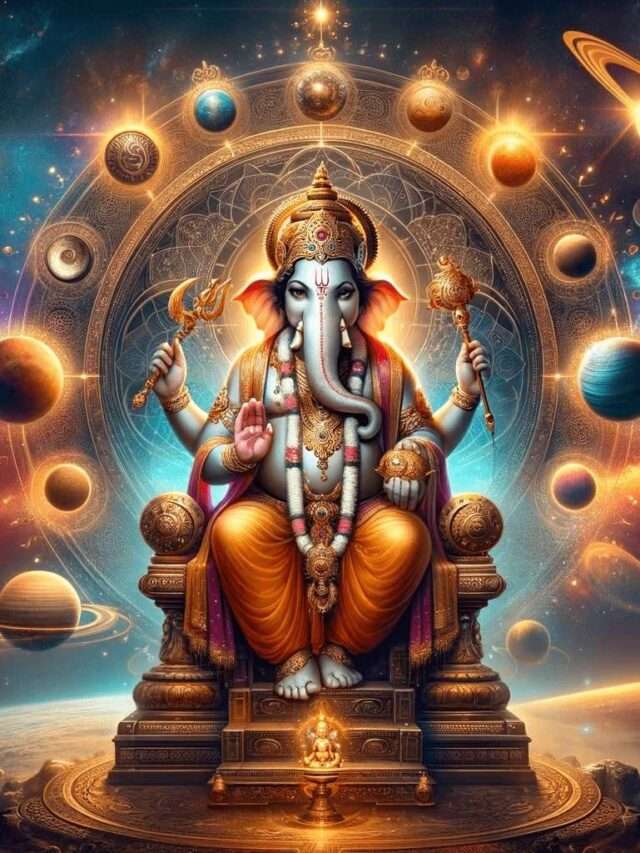An Overview of Its 18 Yogas and Spiritual Wisdom
The Bhagavad Gita, often referred to as the Gita, is a 700-verse Hindu scripture that is part of the epic Mahabharata, specifically the Bhishma Parva. It is a sacred text of the Hindu religion and comprises a conversation between the prince Arjuna and his guide and charioteer, Lord Krishna, who is considered an incarnation of Vishnu. The dialogue occurs on the battlefield just before the start of the Kurukshetra War, where Arjuna is filled with doubt and moral dilemma about fighting in the battle.
The Bhagavad Gita addresses the concepts of duty and righteousness, presenting a synthesis of the concept of dharma, bhakti (devotional worship directed to one single deity), and the yogic ideals of moksha (liberation). The Gita has been revered for its philosophical depth and spiritual wisdom.
The narrative framework of the Bhagavad Gita reveals the essence of Upanishadic and Vedantic teachings, making it a pivotal work in the Indian spiritual tradition. It is structured around a series of dialogues between Arjuna and Krishna, wherein Krishna imparts spiritual wisdom and guidance to the confused Arjuna, who is torn between his duties as a warrior and his moral qualms about killing his own relatives, who stand on the opposite side of the battlefield.
Chapters and Themes of the Bhagavad Gita
The 18 chapters of the Bhagavad Gita, referred to as ‘yogas’, encompass various paths to spiritual realisation and the attainment of the ultimate truth. Each chapter, named after the yoga it discusses, focuses on a different path or approach to spirituality, offering a comprehensive guide to living a life of righteousness, dedication, and devotion.
- Arjuna Vishada Yoga (The Yoga of the Despondency of Arjuna) – This chapter sets the stage for the dialogue, highlighting Arjuna’s moral dilemma and his despondency at the prospect of fighting his kith and kin.
- Sankhya Yoga (The Yoga of Knowledge) – Introduces the concept of the eternal soul and the impermanence of the physical body, encouraging Arjuna to perform his duty without attachment to the results.
- Karma Yoga (The Yoga of Action) – Emphasizes the importance of performing one’s duty selflessly, as an offering to the Supreme, without any attachment to personal gain.
- Jnana Vibhaga Yoga (The Yoga of the Division of Wisdom) – Discusses the nature of knowledge and ignorance and the path to enlightenment through wisdom.
- Karma Sannyasa Yoga (The Yoga of Renunciation of Action) – Explores the concept of renunciation in action and the importance of selfless service.
- Dhyana Yoga (The Yoga of Meditation) – Details the practice of meditation as a means to attain spiritual realization and union with the Divine.
- Gyana Vijnana Yoga (The Yoga of Knowledge and Wisdom) – Krishna reveals the nature of the Ultimate Reality, the importance of devotion, and the realization of the Supreme Knowledge.
- Aksara Brahma Yoga (The Yoga of the Imperishable Absolute) – Discusses the imperishable, eternal nature of the soul and the ultimate goal of reaching the Supreme Being.
- Raja Vidya Raja Guhya Yoga (The Yoga of the Royal Knowledge and the Royal Secret) – Highlights the supreme knowledge of the universe and the secret of devotion to God.
- Vibhuti Yoga (The Yoga of Divine Glories) – Krishna describes His divine manifestations and the omnipresence of the Supreme.
- Visvarupa Darshana Yoga (The Yoga of the Vision of the Universal Form) – Arjuna is granted the divine vision to see Krishna’s universal form, representing the infinite aspects of the universe.
- Bhakti Yoga (The Yoga of Devotion) – Focuses on the path of devotion as a means to achieve spiritual growth and union with the Divine.
- Kshetra Kshetragna Vibhaga Yoga (The Yoga of the Field and the Knower of the Field) – Distinguishes between the physical body (the field) and the soul (the knower of the field).
- Gunatraya Vibhaga Yoga (The Yoga of the Division of the Three Gunas) – Explains the three qualities (gunas) of nature and their impact on human behavior and spiritual progress.
- Purushottama Yoga (The Yoga of the Supreme Divine Personality) – Krishna identifies Himself as the Supreme Personality, beyond the perishable and the imperishable.
- Daivasura Sampad Vibhaga Yoga (The Yoga of the Division between the Divine and the Non-Divine) – Differentiates between the divine and demoniac natures in humans.
- Sraddhatraya Vibhaga Yoga (The Yoga of the Threefold Faith) – Discusses how faith reflects the inherent nature of beings and influences their path to the divine.
- Moksha Sannyasa Yoga (The Yoga of Liberation by Renunciation) – Concludes with Krishna advising Arjuna to surrender unto Him with loving devotion, promising liberation and eternal peace.
The Bhagavad Gita concludes with Arjuna’s resolve to follow Krishna’s guidance, ready to fight the battle with renewed understanding and clarity about his duties. The Gita’s universal teachings on the nature of duty, righteousness, and the path to spiritual realization continue to inspire millions across the world, offering insights into leading a life of purpose and devotion.


